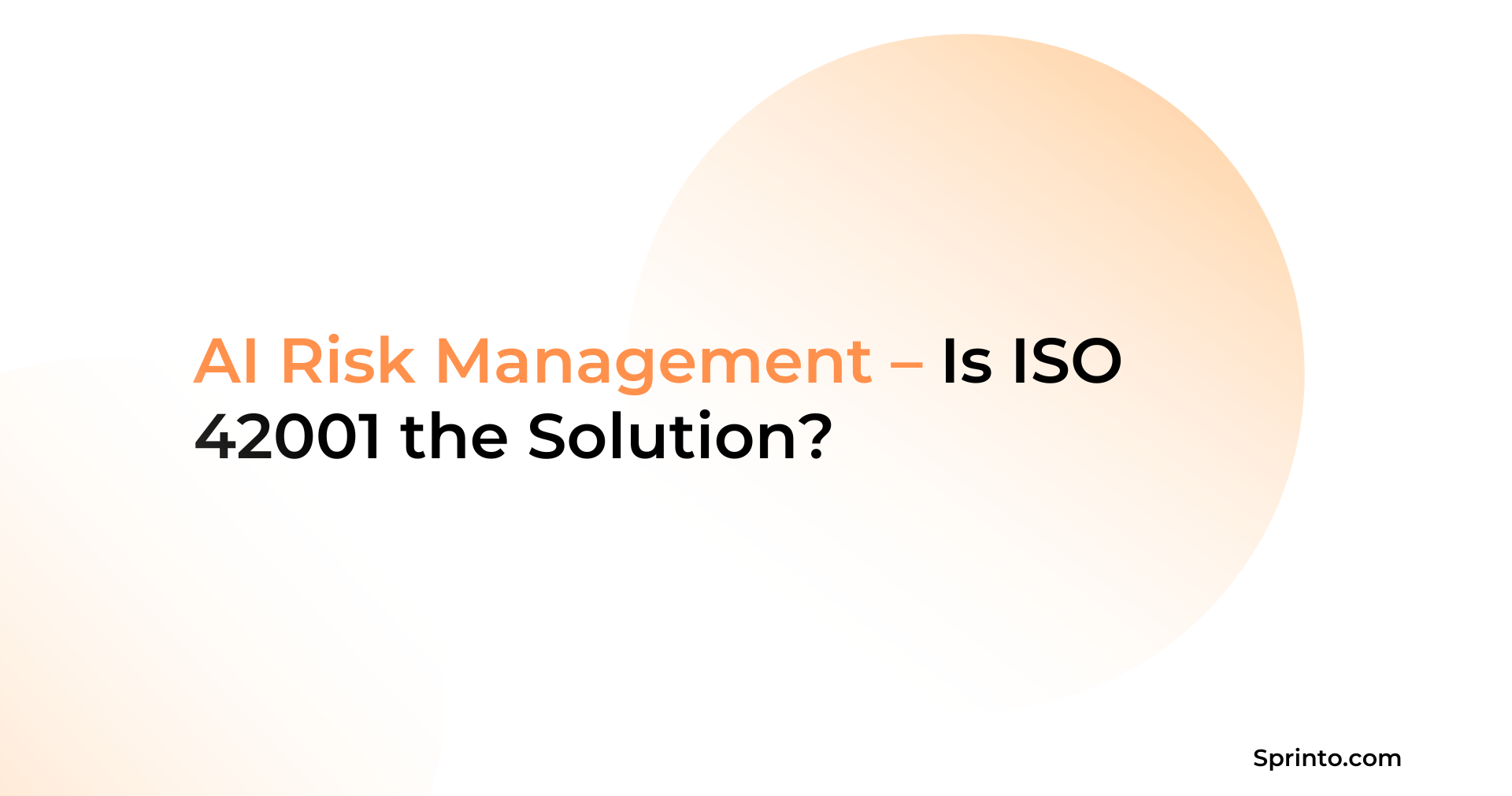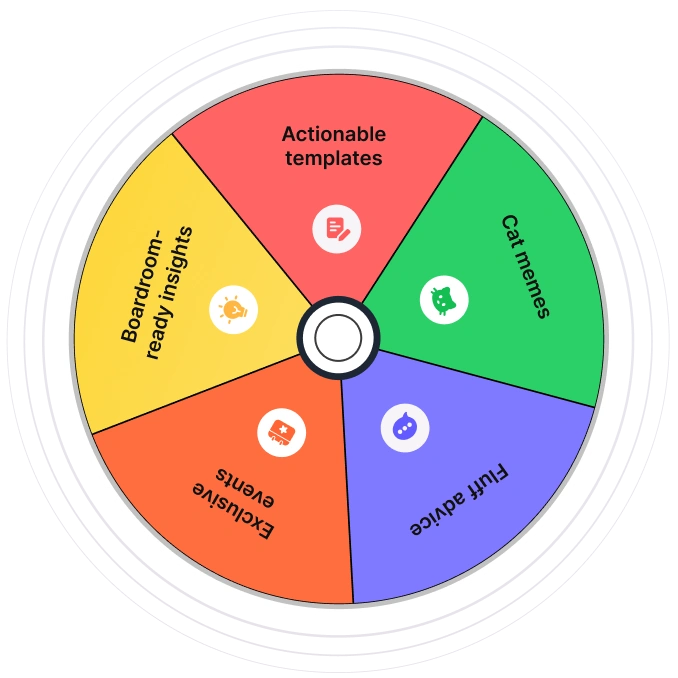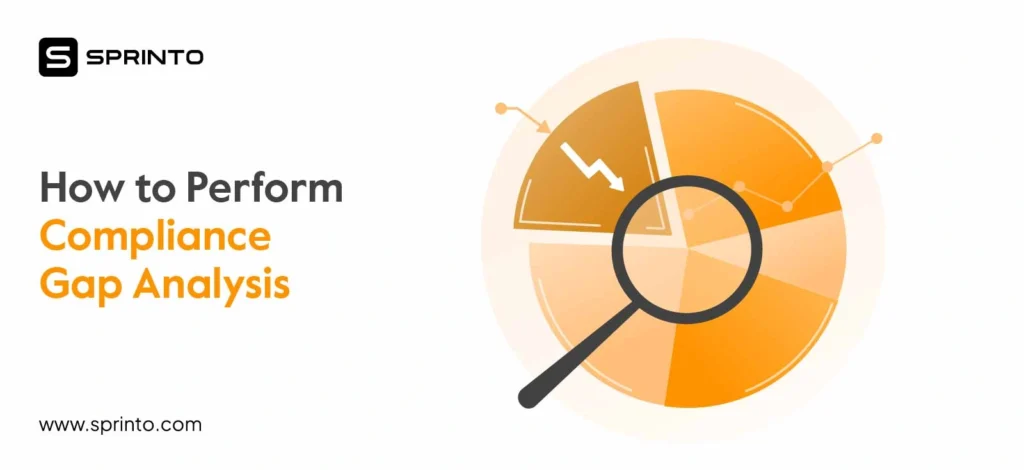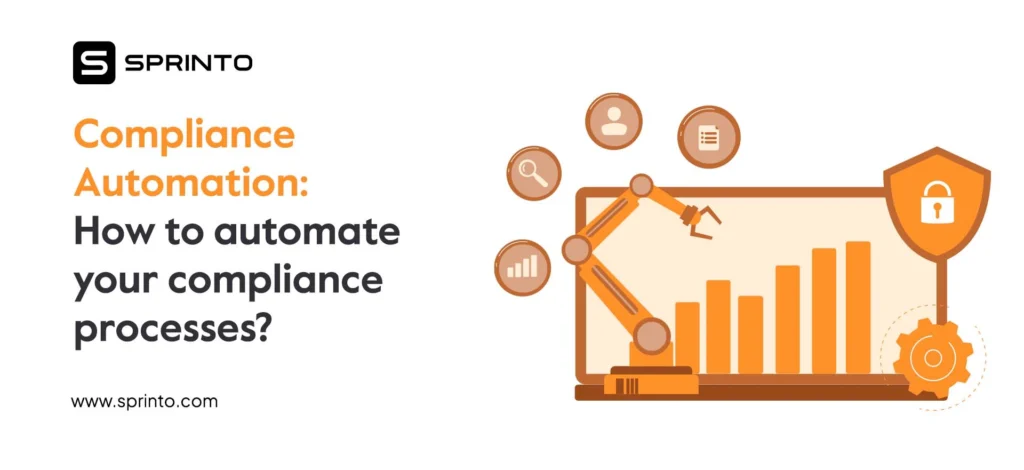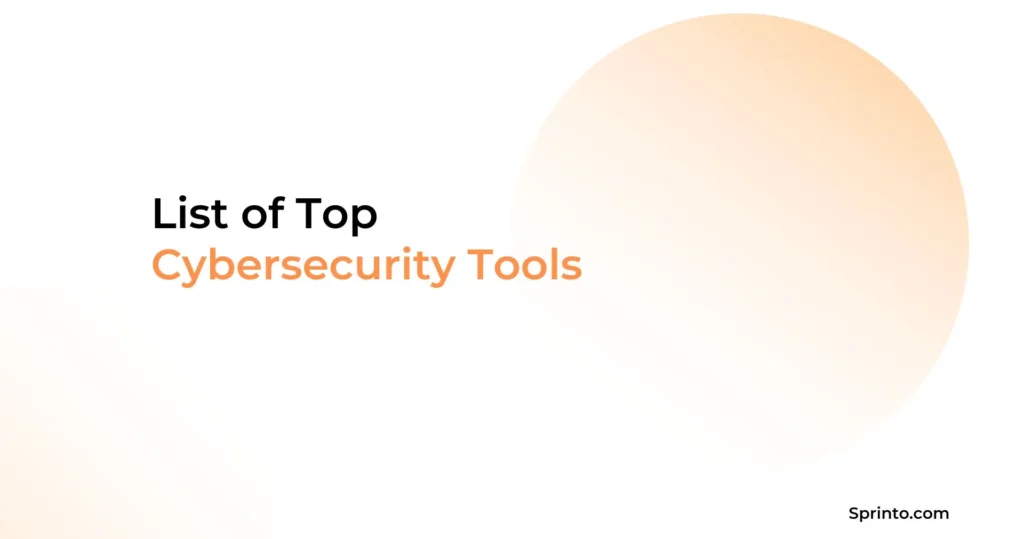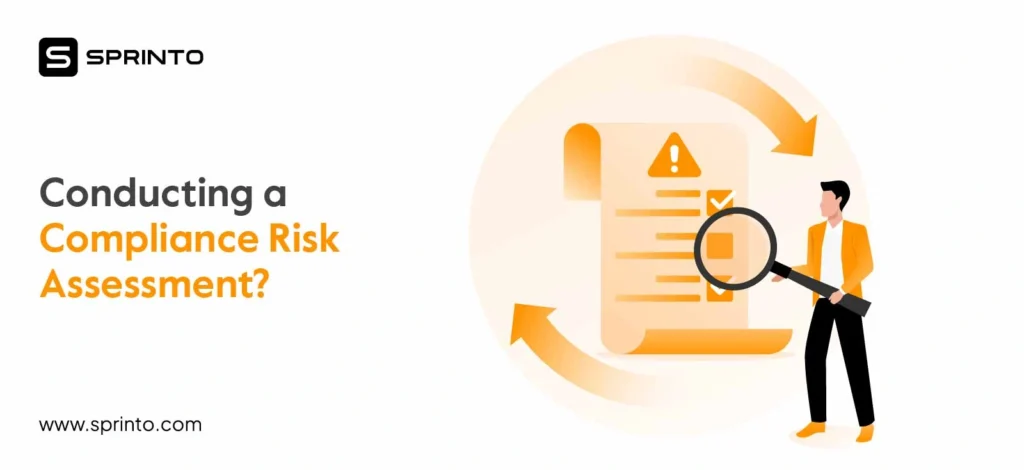AI is everywhere. Artificial intelligence has become a seamless part of modern business, from the tools your team uses daily to third-party applications you barely notice. However, with this rapid adoption comes a significant problem: managing the risks that AI introduces.
Hallucinated outputs, biased decision-making, and even unauthorized data usage aren’t hypothetical; they’re real challenges organizations grapple with daily.
Moreover, many businesses don’t even realize the extent of their AI exposure.
Employees casually use AI-powered tools to enhance productivity, vendors integrate AI into their solutions without clear disclosure, and regulatory pressures like the EU AI Act are making compliance a priority.
This leaves companies in a bind—how do you manage risks you don’t fully understand?
That’s where ISO 42001 comes in. This AI-specific management framework offers a structured way to address these challenges.
Unlike scattered guidelines, it’s designed to help organizations tackle AI risks head-on, integrate with existing standards, and ensure compliance with emerging regulations.
But is it the solution you need? Let’s explore.
TL;DR
| AI’s integration into daily operations brings both efficiency and significant risks. Many organizations remain unaware of their AI exposure, making proactive risk management essential. |
| ISO 42001 is the first AI-specific management standard designed to tackle the unique challenges of AI. |
| This standard provides practical tools for identifying and managing AI risks, including those tied to misinformation, bias, and third-party tools. |
ISO 42001 for AI risk management
ISO/IEC 42001:2023 is a global standard for Artificial Intelligence Management Systems (AIMS), offering a structured approach for organizations to responsibly develop, implement, and enhance AI systems. It emphasizes managing risks throughout the AI lifecycle, from creation to deployment, ensuring ethical and reliable AI practices.
How does ISO 42001 support AI risk management?
AI-related regulatory pressure is escalating. Standards like ISO 42001 will soon become table stakes for companies building, deploying, or integrating AI. This standard supports AI risk management across three primary axes:
- Governance of AI Systems: It requires organizations to embed AI risk considerations within their governance structure, ensuring that roles, responsibilities, and oversight mechanisms are clearly defined.
- Risk-based Lifecycle Controls: ISO 42001 enforces a structured risk management process—spanning AI design, development, deployment, and decommissioning—to identify, assess, and mitigate potential harm or bias.
- Transparency and Accountability: It demands auditability, traceability, and fairness in AI models, placing emphasis on human oversight and documentation.
Download the ISO 42001 checklist
But, how do you operationalize this?
Sprinto operationalizes ISO 42001 controls by turning them into live, trackable, and automated systems. It also supports custom frameworks, which let you bring in your own controls related to AI risk management so your security environment is in line with your exact requirements.
1. Continuous Risk Monitoring Across Systems: Sprinto integrates with 200+ systems—from cloud infra to code repositories—giving you real-time visibility into AI touchpoints.
2. Evidence Collection & Audit Readiness: Sprinto’s automated evidence collection and auditor dashboards allow you to capture proof proactively and present it in ISO 42001-compliant formats.
3. Proactive Risk Alerts & Tiered Escalations: Sprinto sends tiered, time-bound alerts when deviations occur—whether it’s an expired dataset, a bypassed validation step, or drift in access policies. This empowers your team to act before issues escalate.
Key AI Risks Addressed by ISO 42001
AI is no longer a novelty; it’s an integral part of many organizations’ daily operations. From automating workflows to enhancing decision-making, its potential seems limitless.
But behind the efficiency lies a growing web of risks businesses can no longer afford to ignore.
Mitigating misinformation and bias in AI outputs
AI systems, especially large language models, can sometimes be surprisingly unreliable. They generate outputs that seem factual but are often riddled with misinformation—what experts call “hallucinations.”
Relying on an AI-generated report for a critical business decision, only to find out later that the data was fabricated. Worse yet, biases in AI training data can lead to discriminatory outcomes, such as unfair loan rates or hiring decisions, potentially putting your organization at legal and ethical risk.
ISO 42001 tackles these challenges by establishing processes to assess, verify, and monitor AI outputs. It encourages organizations to implement controls for regular testing and validation of AI systems, ensuring they’re aligned with fairness, accuracy, and compliance expectations.
Hence, embedding these checks into your management system reduces the risk of misinformation and bias before it impacts your operations—or your reputation.
See how you can balance AI with risk management
Managing hidden AI risks in third-party tools
One of the most overlooked risks is the silent integration of AI into third-party tools. Just think about the daily SaaS applications your team uses—HR platforms screening candidates, CRMs predicting customer behavior, or cybersecurity tools analyzing threats.
Many of these rely on AI, often without your explicit knowledge. This becomes problematic when these tools use biased models, mishandle your data, or fail to meet compliance requirements.
ISO 42001 pushes organizations to identify and assess AI risks internally and across third-party vendors. It emphasizes due diligence, requiring you to evaluate how these tools use AI and whether they meet your security and compliance standards.
For more information, read our complete guide on ISO 42001.
Why ISO 42001 Stands Out
ISO 42001 stands out as the world’s first AI management system standard, which adds valuable guidance to this rapidly changing technology field.
In many ways, what ISO 27001 did for information security is setting a benchmark that could become essential for AI governance.
The crux of this standard is helping organizations establish and maintain an AI management system that ensures responsible development and use of AI. It does not just stop at risk management; it also dives into ethical considerations, data quality, and transparency, ensuring AI is aligned with organizational goals and societal expectations.
ISO 42001 also connects neatly with the EU AI Act, which creates strict AI rules. The Act categorizes AI systems as prohibited or high-risk, each with specific compliance needs.
For example, the Act bans certain practices, such as untargeted facial recognition or unethical biometric categorization, and ISO 42001 can help organizations identify and avoid these applications.
The EU AI Act demands strong risk management, data governance, and operational transparency for high-risk AI systems like those used in finance or healthcare. ISO 42001 provides a solid framework for meeting those demands. It can guide AI providers in setting up risk management processes, keeping logs, and ensuring fairness and accountability.
This standard is still relevant even if you use AI rather than develop it. It offers guidance on fulfilling obligations like human oversight and cybersecurity and even touches on managing complex AI systems like foundation models.
Benefits of ISO 42001 for AI Risk Management
Here are four key benefits of using ISO 42001 for AI risk management:
- Boosts stakeholder confidence by promoting transparency, fairness, and accountability in AI systems, fostering trust among customers and regulators.
- Strengthens risk mitigation through a systematic framework to identify, assess, and address AI-specific risks, such as bias, security vulnerabilities, and ethical issues, across the AI lifecycle.
- Ensures compliance with global AI regulations, enabling organizations to meet legal and industry standards while minimizing compliance risks.
- Enhances AI governance by establishing clear policies, defined leadership roles, and robust processes for responsible AI development, including oversight of third-party vendors.
What is the difference between ISO 42001 and the EU AI Act?
ISO 42001 is a voluntary international standard for managing AI risks through organizational governance and controls, while the EU AI Act is a binding regulatory framework that legally mandates how AI systems can be developed, deployed, and used within the European Union.
Here are their key differences in a table:
| Feature | ISO 42001 | EU AI Act |
| Nature | Voluntary international standard | Mandatory legal regulation within the EU |
| Scope | Global applicability | Enforced within the European Union |
| Purpose | Provides guidance on managing AI risks via AIMS | Regulates the placement and use of AI systems in the EU |
| Focus | Internal risk governance, process management, and accountability | External risk classification and legal compliance enforcement |
| Risk Classification | Organization-defined based on internal context | Legally defined (Unacceptable, High-risk, Limited, Minimal) |
| Compliance Requirements | Not legally binding—meant for best practices | Legally binding—non-compliance results in penalties |
| Certification | Optional, through third-party ISO certification bodies | Required for high-risk AI systems before market entry |
| Enforcement Body | No enforcement—self-managed or third-party audits | National supervisory authorities + EU AI Office |
Optimize Your ISO 42001 Compliance With Sprinto
AI is transforming how businesses operate, but it also comes with serious risks, hallucinations, bias, and hidden vulnerabilities that can lead to ethical breaches or legal consequences.
ISO 42001 takes these priorities seriously, offering a structured way to manage AI’s ethical challenges. But here’s the truth: implementing the full framework can feel like a lot.
At Sprinto, we focus on simplifying this process. While we don’t currently cover every element of ISO 42001, we specialize in helping you implement the essential controls that matter most. Think of it this way: AI risks, like misinformation, bias, or even hidden vulnerabilities in third-party tools, are real challenges.
Even something as simple as an employee using an AI tool like ChatGPT without safeguards can lead to data loss or compliance issues.
Sprinto’s tools help you tackle these challenges head-on. With dynamic risk management and a risk-based approach, we give you a clear view of where you stand and what steps to take next.
You must set the proper foundation today to build a more flexible, secure, and compliant future for your AI initiatives.
We’re here to make compliance feel less like a burden and more like an opportunity to grow responsibly. Let’s make compliance easier together!
Meeba Gracy
Meeba, an ISC2-certified cybersecurity specialist, passionately decodes and delivers impactful content on compliance and complex digital security matters. Adept at transforming intricate concepts into accessible insights, she’s committed to enlightening readers. Off the clock, she can be found with her nose in the latest thriller novel or exploring new haunts in the city.
Explore more
research & insights curated to help you earn a seat at the table.


